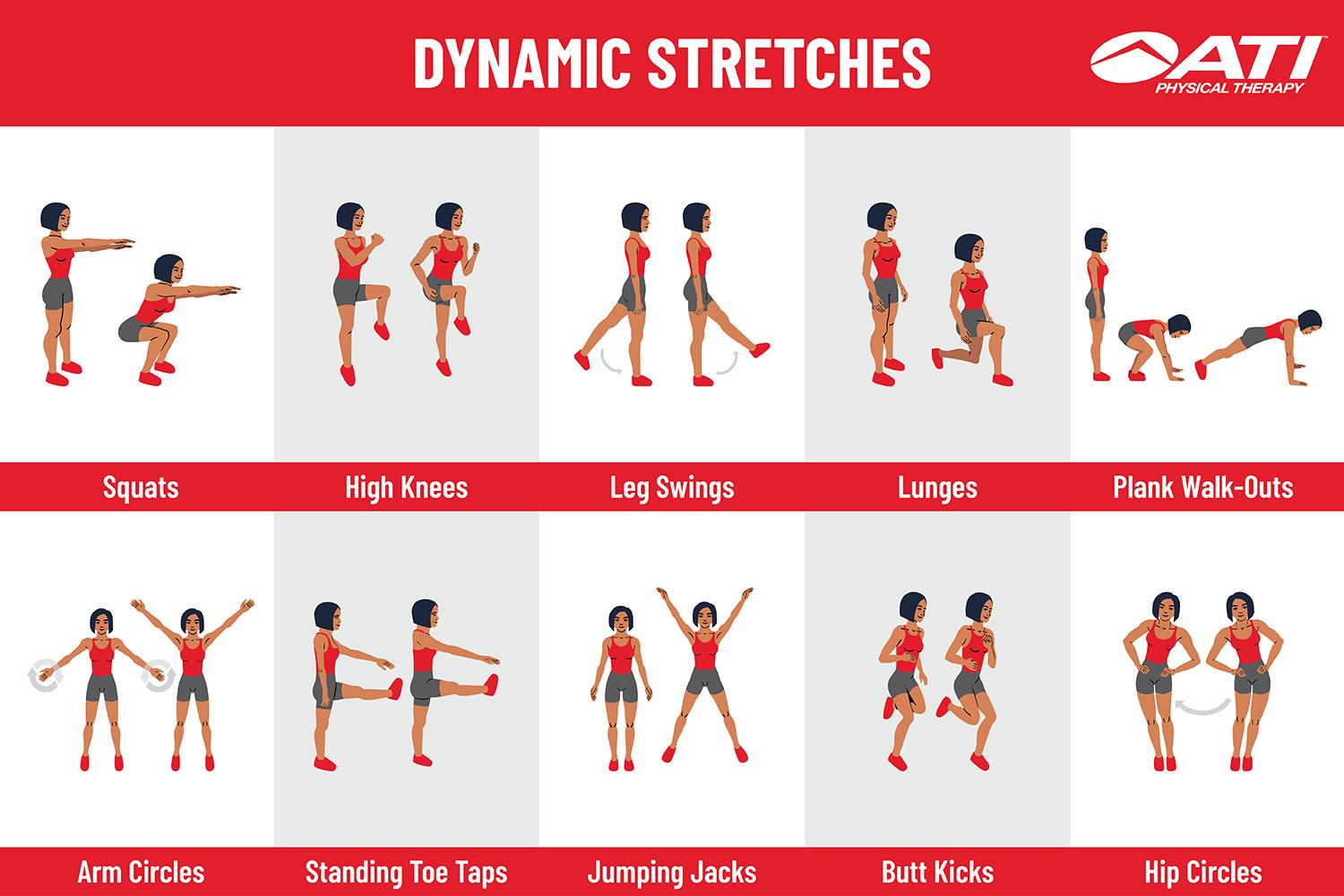In the world of fitness, where every rep, sprint, and lift counts, the unsung hero of performance enhancement is often overlooked: the pre-workout stretch. Imagine stepping onto the field or into the gym with the confidence that your body is primed for action, muscles supple and joints ready to move fluidly. Yet, many fitness enthusiasts skip this crucial step, unaware of the injury-preventing power a well-crafted stretching routine can provide. In this article, we delve into the art and science of creating a pre-workout stretching routine that not only prepares your body for peak performance but also fortifies it against the strains and sprains that can sideline even the most dedicated athletes. Whether you’re a seasoned gym-goer or just starting your fitness journey, discover how the right stretches can become your secret weapon for staying injury-free and achieving your goals.
Understanding the Science Behind Effective Stretching
Incorporating a stretching routine into your pre-workout ritual can significantly enhance your performance and reduce the risk of injury. The key lies in understanding the physiological benefits of stretching. When you stretch, you increase blood flow to your muscles, which helps to improve elasticity and flexibility. This not only prepares your muscles for the physical activity ahead but also enhances their efficiency during your workout. Moreover, stretching activates your central nervous system, improving your body’s coordination and balance, which are crucial for executing exercises with proper form.
To create an effective stretching routine, consider the following essential components:
- Dynamic Stretching: Engage in movements that mimic your workout activities to gradually increase your range of motion.
- Muscle-Specific Stretches: Focus on the muscle groups you plan to work on, ensuring they are adequately prepared.
- Breathing Techniques: Incorporate deep, controlled breaths to enhance relaxation and oxygen flow to your muscles.
- Time and Consistency: Spend at least 5-10 minutes stretching, maintaining consistency to build long-term flexibility.
Key Components of a Balanced Pre-Workout Routine
A well-rounded pre-workout routine is essential to priming your body for exercise while minimizing the risk of injury. Start by focusing on dynamic stretching, which involves moving parts of your body through a full range of motion. This helps increase blood flow and improve flexibility. Include exercises like leg swings, arm circles, and torso twists to engage different muscle groups effectively. By incorporating these movements, you prepare your muscles for the demands of the workout ahead.
Additionally, it’s crucial to address muscle activation in your routine. This involves waking up specific muscles that will be heavily used during your workout. For instance, if you’re planning a leg workout, include exercises such as glute bridges or bodyweight squats to activate the muscles in your lower body. Remember, a balanced pre-workout routine isn’t just about flexibility; it also focuses on ensuring your muscles are ready to perform at their best. By thoughtfully combining these components, you create a robust foundation that not only enhances performance but also reduces the likelihood of injury.

Tailoring Your Stretching Routine to Fit Your Needs
Crafting a stretching routine that is tailored to your specific needs is essential for both injury prevention and optimizing performance. To begin, consider your fitness level and personal goals. Are you a seasoned athlete or just starting your fitness journey? Your routine should reflect this. Here are some key elements to include:
- Dynamic Stretches: Incorporate movements that mimic the activity you’ll be engaging in, such as leg swings for runners or arm circles for swimmers.
- Targeted Areas: Focus on muscles that are most involved in your workout. For instance, if you’re preparing for a lower body workout, prioritize hamstrings and quads.
- Time Management: Ensure each stretch is held for an optimal duration, typically 15-30 seconds, to effectively prepare your muscles without causing fatigue.
Remember, your stretching routine should evolve as your fitness journey progresses. Regularly assess and adjust your stretches to align with any changes in your workout regimen or physical condition. This personalized approach will not only enhance flexibility but also bolster your resilience against injuries.

Expert Tips for Maximizing Flexibility and Reducing Injury Risk
Enhancing flexibility while minimizing injury risk requires a strategic approach to stretching. Dynamic stretching is a highly effective method, involving active movements that gently take your joints and muscles through their full range of motion. This approach helps increase blood flow and prepares your muscles for the workout ahead. For example, try incorporating leg swings, arm circles, and torso twists into your routine.
- Listen to Your Body: Avoid pushing through pain. Stretching should feel good, not painful.
- Focus on Major Muscle Groups: Prioritize stretches for your legs, hips, back, and shoulders.
- Consistency is Key: Regular stretching, even on non-workout days, can improve flexibility over time.
- Breathe Deeply: Incorporate deep breathing to relax your muscles and improve stretch effectiveness.
Future Outlook
As you lace up your sneakers and step onto the path of progress, remember that the foundation of a great workout begins before the first drop of sweat falls. Crafting a pre-workout stretching routine that guards against injuries is more than just a precaution; it’s a commitment to longevity and vitality in your fitness journey. With each stretch, you are not just preparing your muscles but also fostering a mindful connection with your body, tuning into its rhythms and respecting its limits. So, take a deep breath, embrace the process, and let your newfound routine be the key that unlocks the full potential of your workouts. In the dance of fitness, let your stretches be the graceful prelude to the symphony of strength, endurance, and health that follows.
